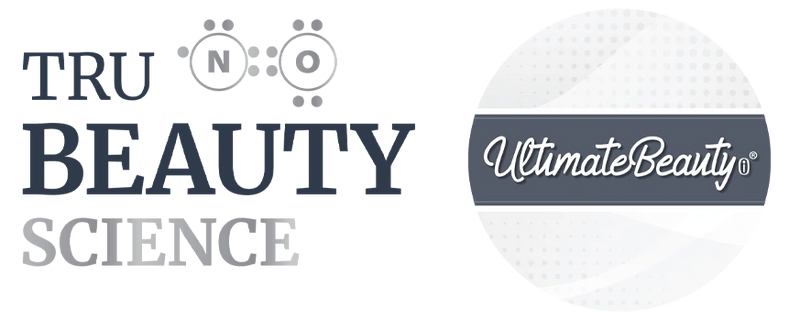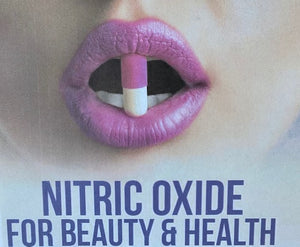The US Beauty Market is headed to almost $130 billion in growth by 2030. Professional Skincare will reach over $13.300 million by 2024. This is great news, especially coming out of a difficult year for estheticians, med-spas, cosmetic dermatology, and the aesthetics industry, due to COVID related issues.
According to Market Watch, a top focus that customers are interested in now and especially the future, is Anti-Aging. In other words, how do we prevent or lessen the effects of aging? Advanced technologies for topical skincare products, and medical-beauty devices are already in the works. These technologies are about how to deliver key ingredients into the skin to achieve effective results. There will be a multitude of new options and choices to offer clients for their skincare regimen. Nutrition should also be considered as an option, as there is much upside potential for the professional beauty trade. The majority of products purchased for beauty are on-line, including products for beauty such as collagen. This opens up a tremendous opportunity for skin and spa professionals to incorporate a new category of skincare into their practice.
We already know that eating well is not only good for general health, but evidence continues to show that nutrition can also help keep your skin healthy and glowing. Since beauty is tied to nutrition and health, a new trending category referred to as “Nutricosmetics” are on the horizon.
Nutricosmetics
Are Science-Based supplements designed to deliver beauty and healthy aging benefits with an emphasis on skin, hair, nails, and overall wellness from the inside-out. Since skin, hair, and nails are the last places to receive nutrients, proper absorption and a “delivery” system becomes more important, especially as we age. If your body does not absorb nutrient uptake properly, then it makes it more difficult for nutrients to flow through your bloodstream and do what they can do to support healthier skin, hair, and nails. Your skin is the body’s largest “organ”. Blood Flow is vital to achieving healthier skin and increased blood circulation helps you look and feel better too. This leads us into the Science of Nitric Oxide and how (NO) can support preventative effects of aging, not only for your skin, but for your overall health.
What is Nitric Oxide?
By definition, Nitric Oxide (NO) is a gas synthesized from the amino acid L-arginine by a group of enzymes known as nitric oxide synthases. It is a key “messenger” molecule in the cardiovascular system, assisting trillions of our cells to communicate with each other, while supporting the body’s ability in the absorption of essential nutrients, while enhancing blood flow and oxygen.
What does this mean as it relates to beauty and skin?
Well, most beauty products are primarily designed to enhance skin at the surface. They do not address the building blocks within the body that keeps us looking healthier and feeling more vibrant. There are several ways to help support the production of nitric oxide in our body. Exercise, eating a diet rich in nitrates, and high-quality supplementation. Studies have shown, that by the time we are 50 years of age, our body’s ability to produce (NO) declines by 50 percent. Studies have also shown the many benefits of (NO) for anti-aging, skin cell renewal, and our immune system, just to name a few. According to Dr. Howard Peiper, N.D., “I believe that in the near future most people will be using a nitric oxide supplement for overall improvement in health. Since (NO) activates blood and oxygen flow throughout the body, stem cell rejuvenation occurs, which is also an added benefit for healthier skin. Therefore, a diet rich in nitrates, which converts to (NO), exercise and quality supplementation are recommended.”
By incorporating an educational approach for “beauty from the inside-out”, we can help address the longer- term needs of clients, while adding a tremendous value proposition to our respective business practice.
Priscilla Alden B.
Priscilla.alden@ultimatebeautyhealth.com
NITRIC OXIDE AND SKIN RENEWAL
Bruch-Gerharz D, Ruzicka T, Kolb-Bachofen V.
Nitric oxide in human skin: current status and
prospects. J Invest Dermatol 1998;110(1):1-7.
https://www.jidonline.org/article/S0022-202X(15)37356-5/fulltext
Cals-Grierson MM, Ormerod AD. Nitric oxide
function in the skin. Nitric Oxide
2004;10(4):179-193.
https://www.sciencedirect.com/science/article/pii/S1089860304000734?via%3Dihub
Coffman JD. Effects of endothelium-derived
nitric oxide on skin and digital blood flow in
humans. Am J Physiol 1994;267(6 Pt
H2087-H2090
Lee RH, Efron D, Tantry U, Barbul A. Nitric oxide
in the healing wound: a time-course study.
Surg Res 2001;101(1):104-108.
Weller R. Nitric oxide donors and the skin:
useful therapeutic agents? Clin Sci (Lond)
2003;105(5):533-535.
NITRIC OXIDE AND ANTI-AGING
Ghimire K, Altmann HM, Straub AC, Isenberg JS.
Nitric oxide: what’s new to NO? Am J Physiol
Cell Physiol 2017;312(3):C254-C262.
Kaminski HJ, Andrade FH. Nitric oxide: biologic
effects on muscle and role in muscle diseases.
Neuromuscul Disord 2001;11(6-7):517-524.
Lourenco CF, Ledo A, Barbosa RM, Laranjinha J.
Neurovascular-neuroenergetic coupling axis in
the brain: master regulation by nitric oxide and
consequences in aging and neurodegeneration.

